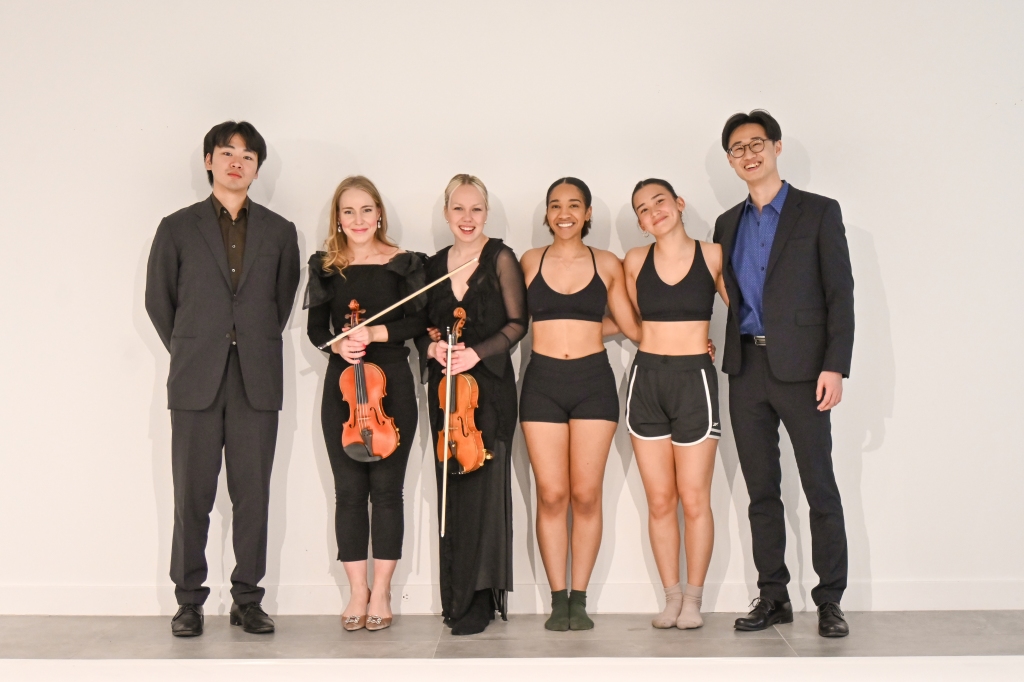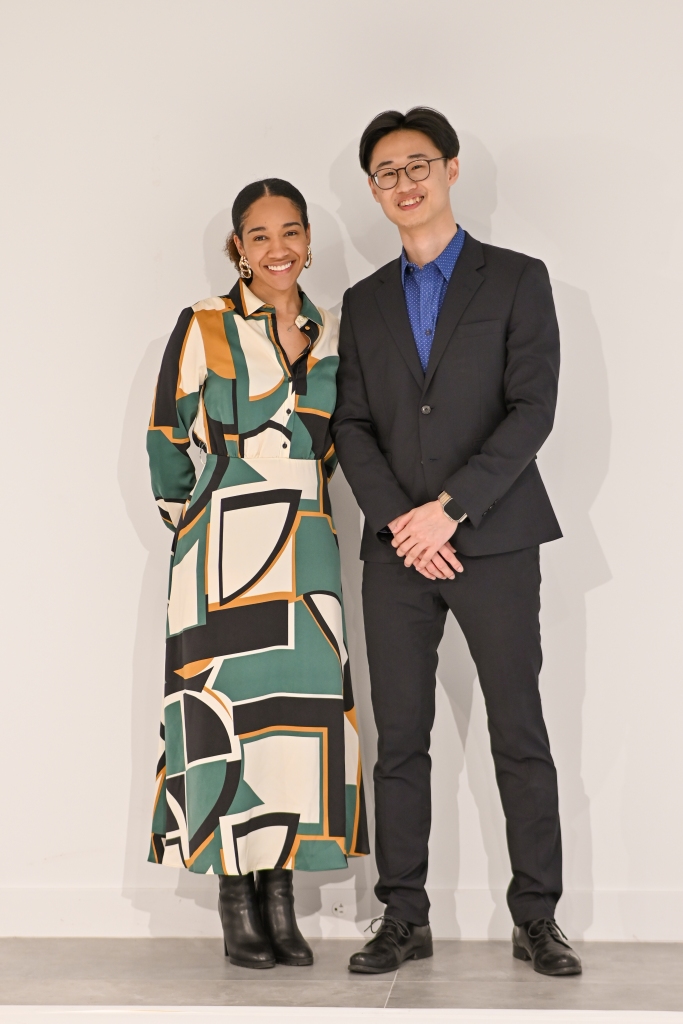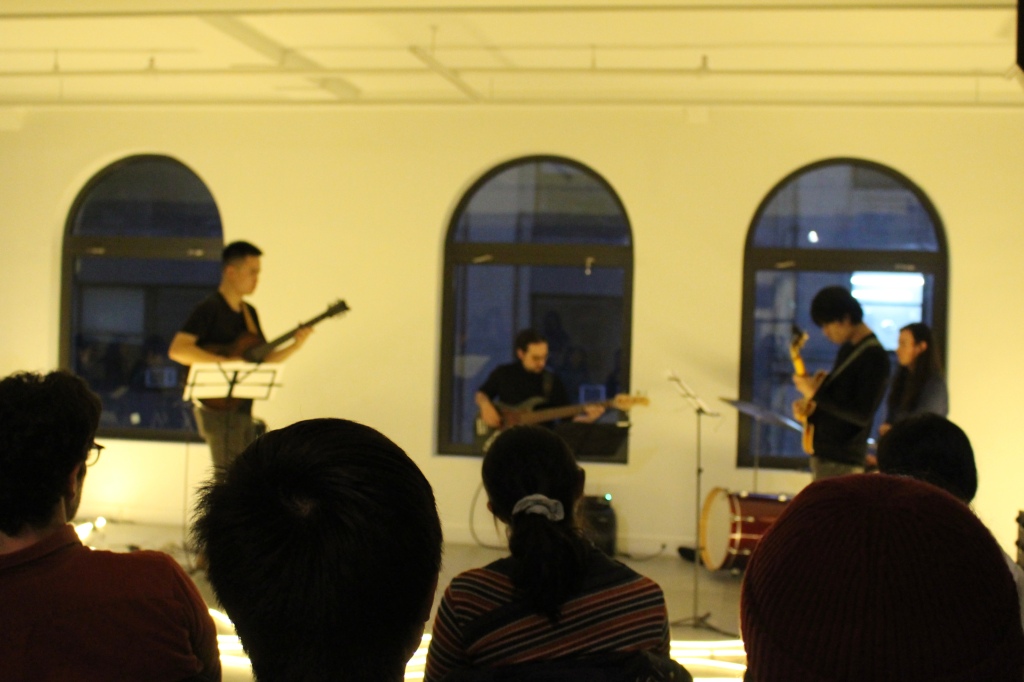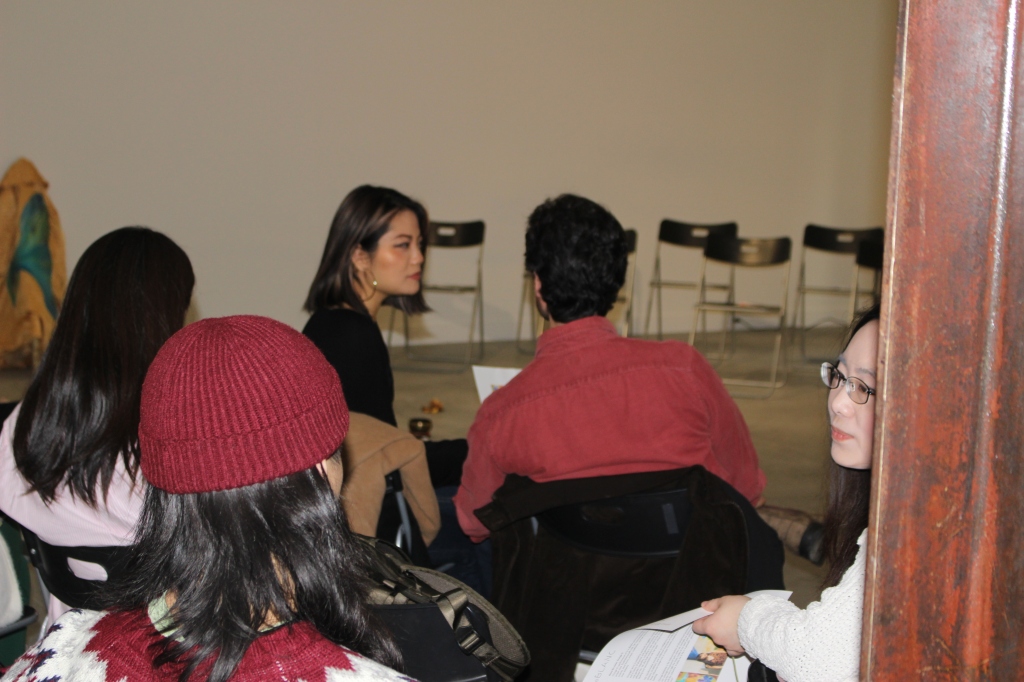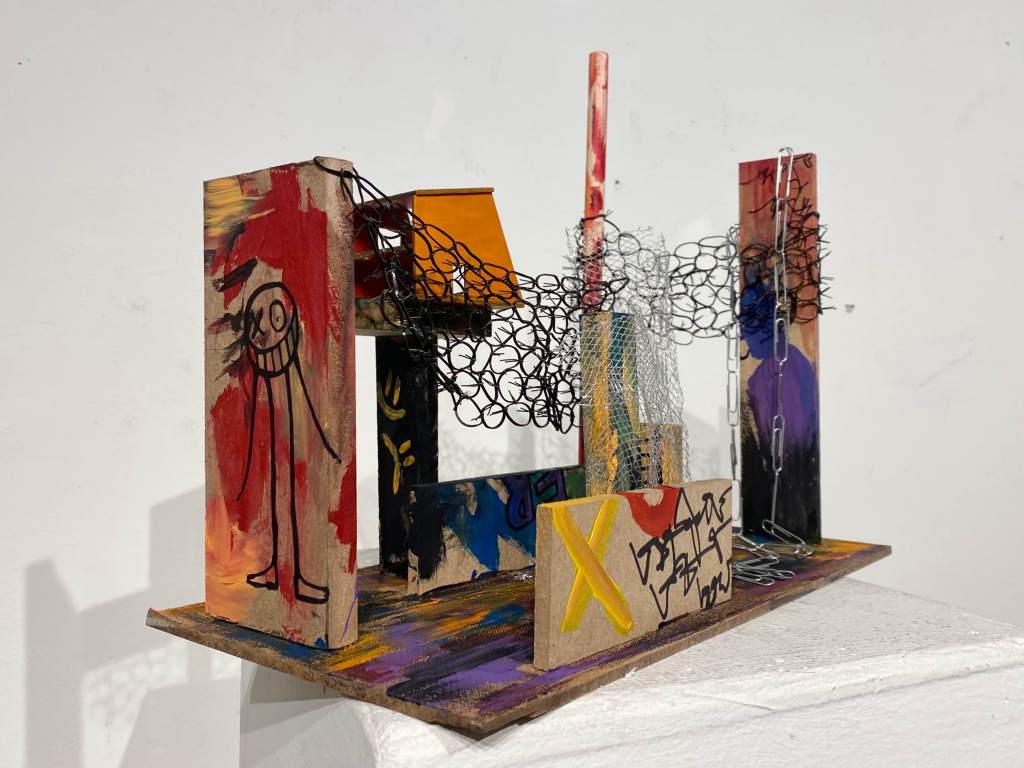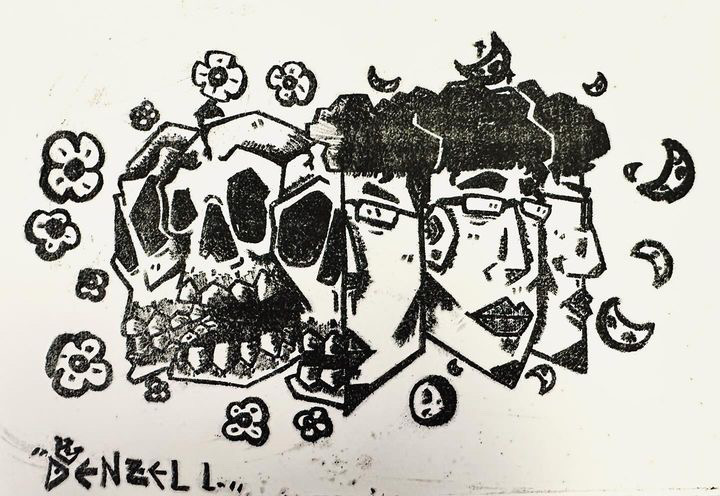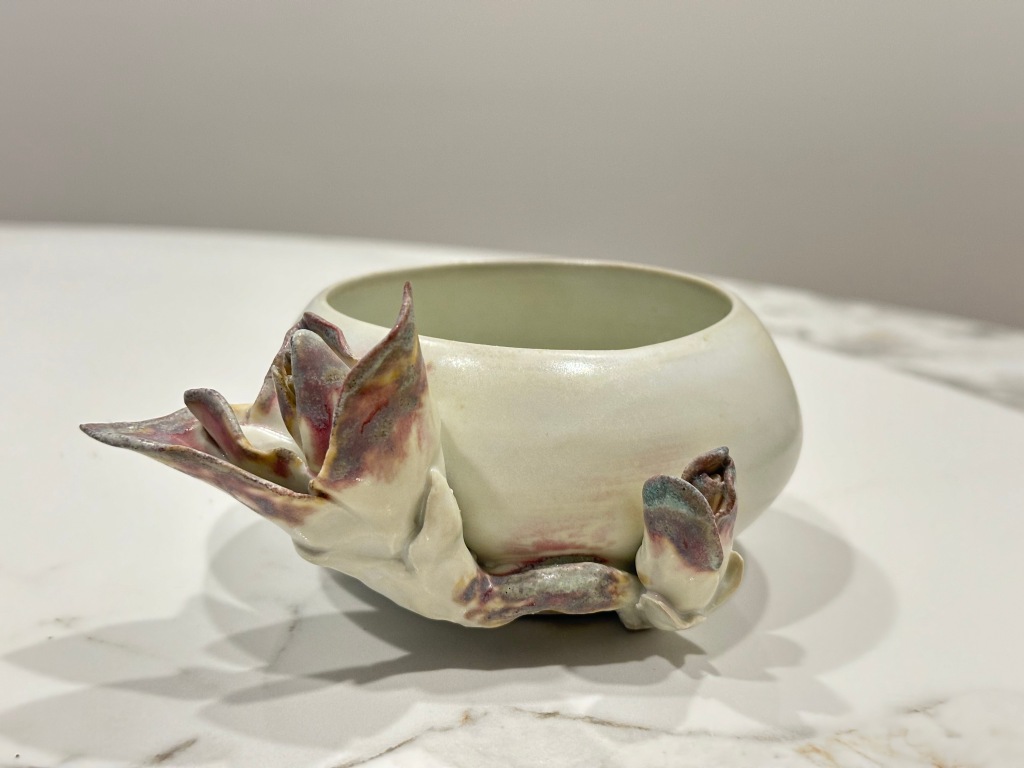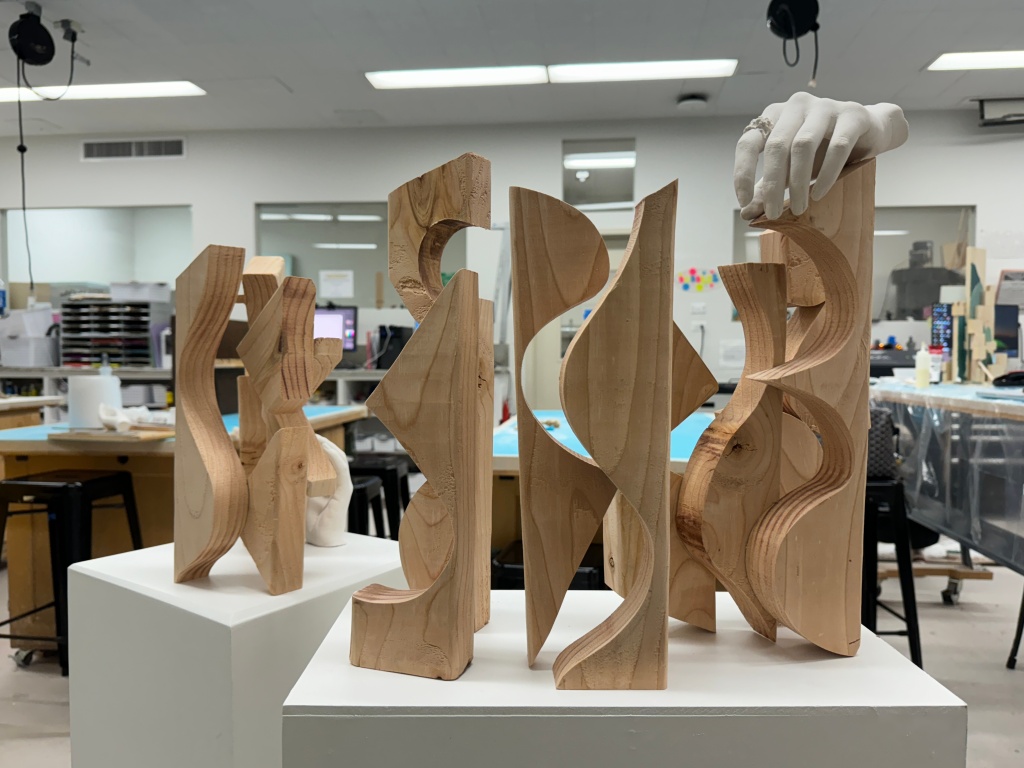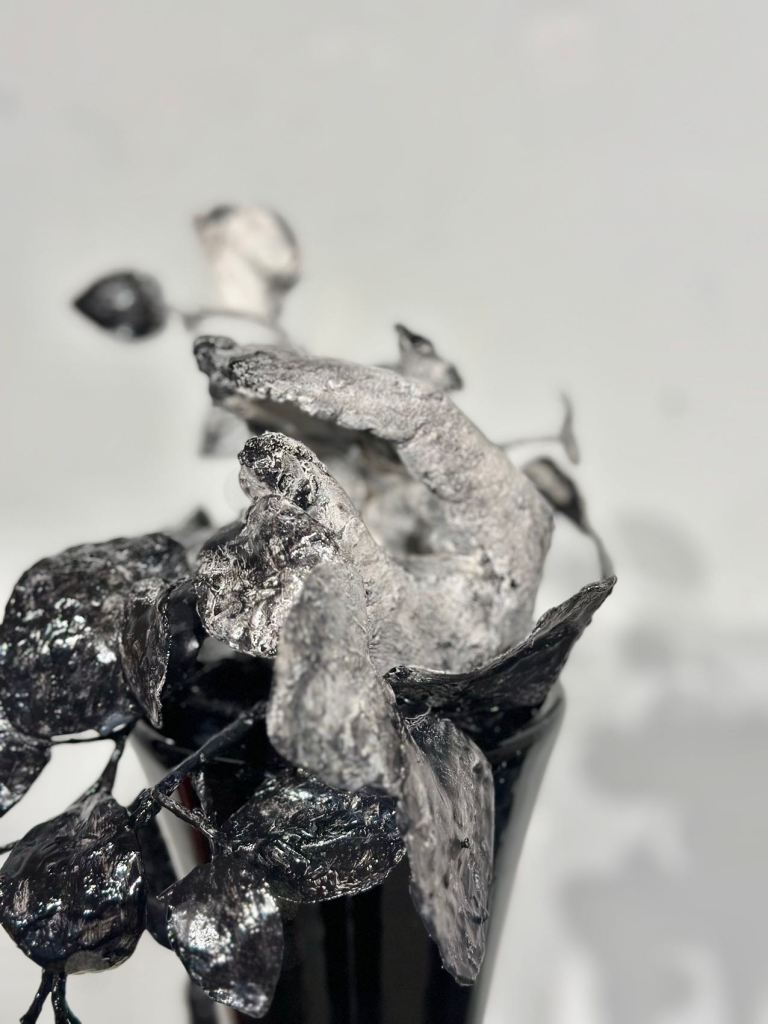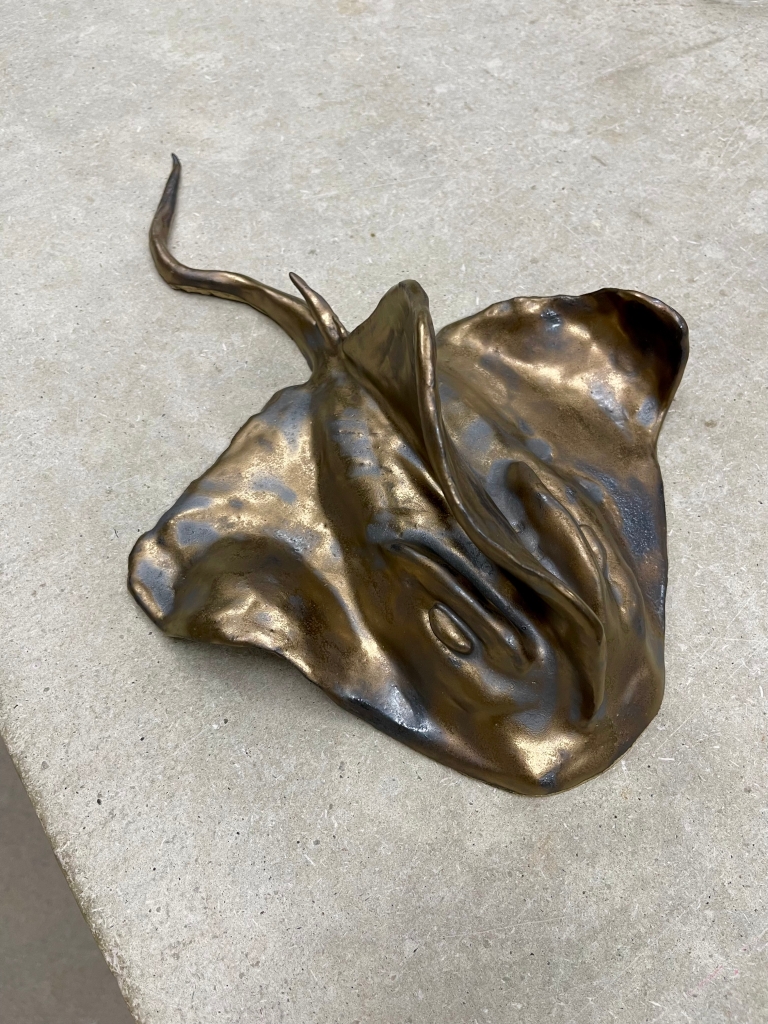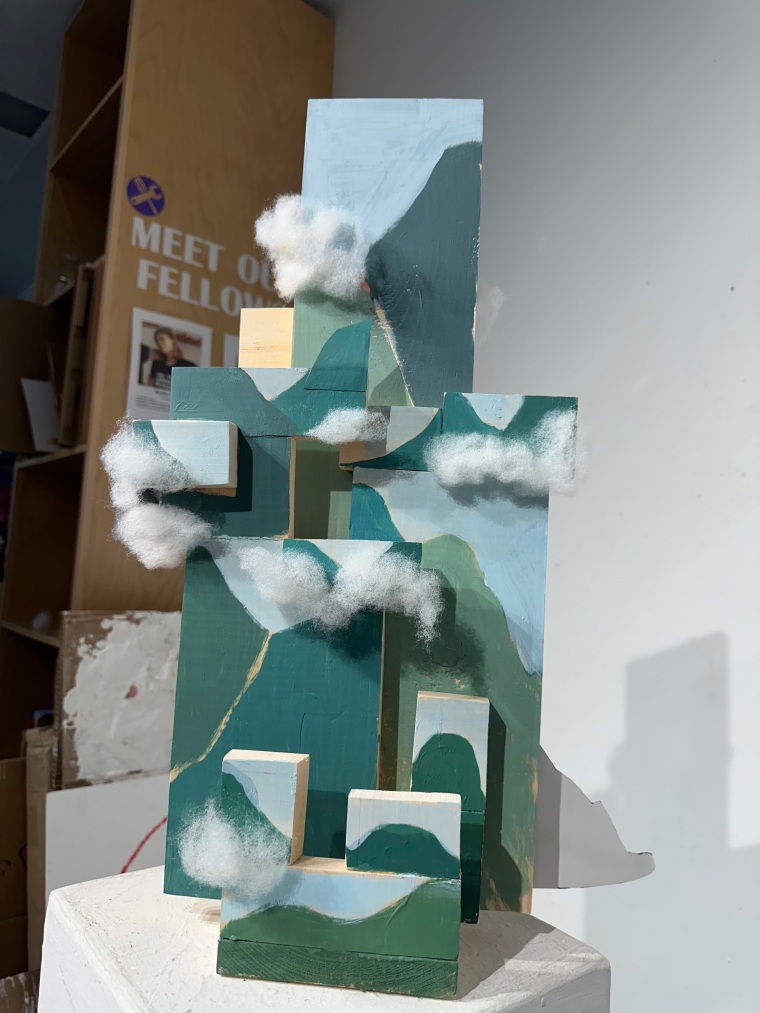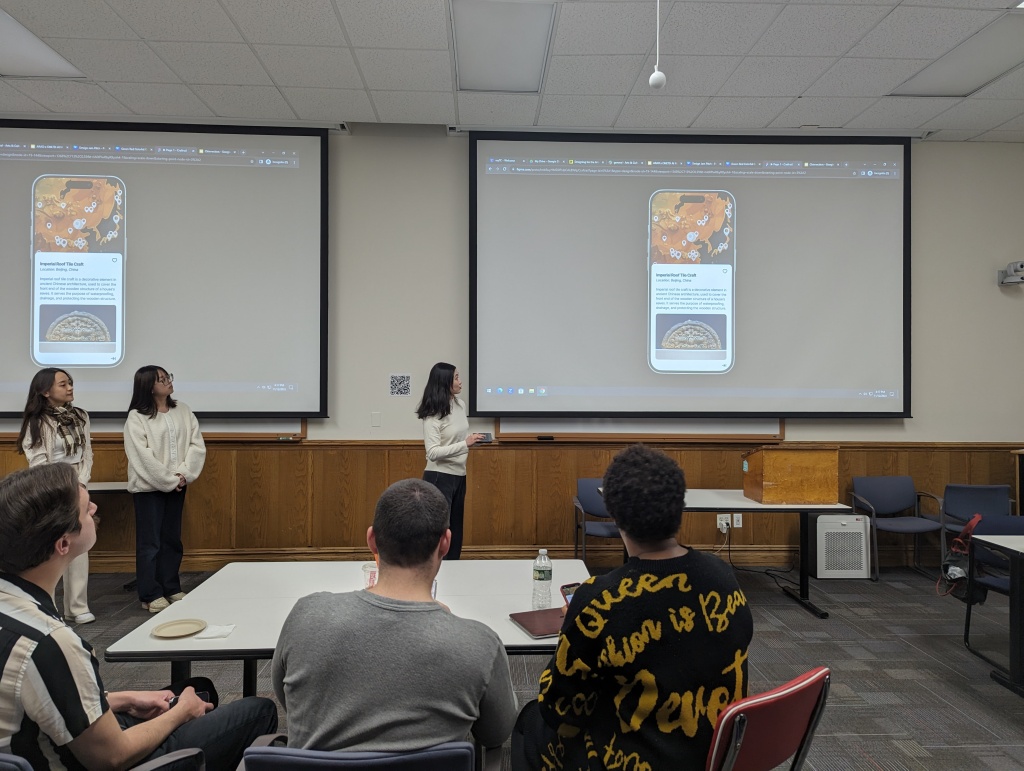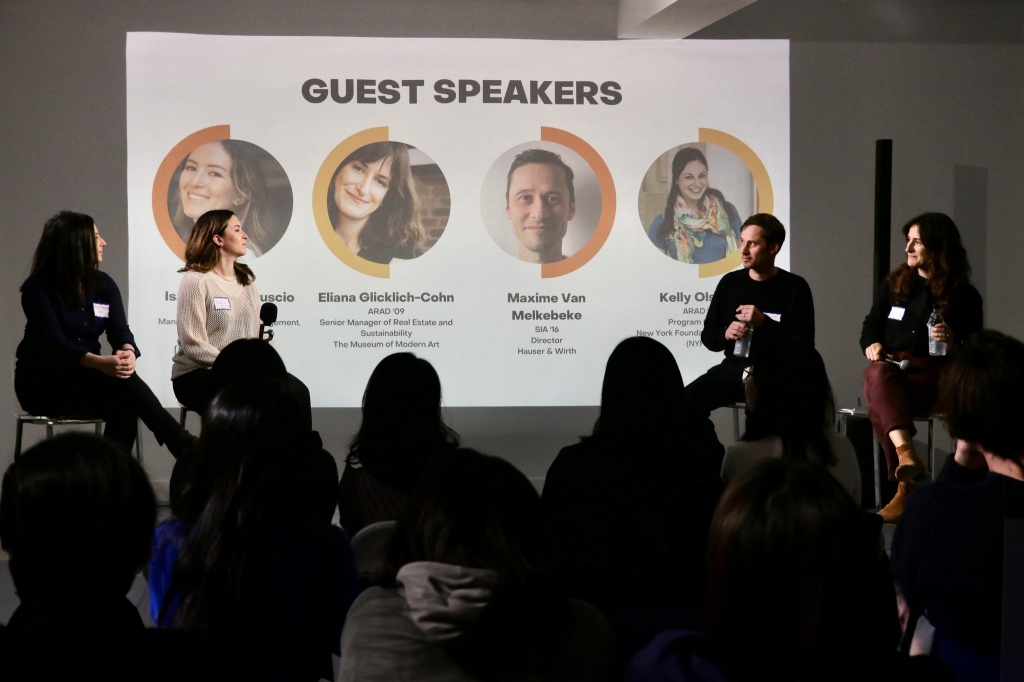Beyond Art
“Unleash Creativity. Bridge Worlds. Perform Dreams.” is the philosophy of Beyond Art. Beyond Art is co-founded by Tingwei Lin and Kira Rai Daniel. We commit that the performing arts hold boundless power and potential to not only inspire but also engage our audience, leaving an incredible experience of their lives. We aspire to empower and elevate talented artists within the field.
Phase IV
Phase IV is the first pilot performance presented by Beyond Art and is a cross-field performance combining classical music, dancing, and painting. This innovative art show breaks the misconception that music can only be played by instruments, dancing can only be performed on the stage, and painting can only be done by brushstrokes. The story behind this performance is to unleash creativity to present the best performance. Phase IV integrates four distinct elements: musicians, dancers, painting, and the audience. Each component symbolically represents a phase in the creative and experiential journey of the piece.
Artists
Violin | Vivian Stolt, Juliana Pöyry
Cello | Sam Chung
Dancer | Kira Rai Daniel, Thy-Lan Alcalay
Program
J. S. Bach: Double Violin Concerto with Cello Accompaniment
J. Sibelius: Andante Festivo
J. S. Bach Violin Partita No. 2 in D Minor: III. Sarabande, IV. Gigue
Performance Details
Time: 2:00PM | Sunday, April 21, 2024
Location: theBLANC 11th FL (15 E 40th Street, New York, NY 10016)
Duration: 60 minutes
Production and Execution
• Conceptualization and development
Phase IV stands distinct from traditional performances, rooted in an innovative concept where art forms converge dynamically. The initial inspiration came from a painter dancing amidst swirls of black paint. Building on this artistic interplay, we anchored the project in classical music, using its rich, emotional qualities to set the foundation. Dancers, engaged in an improvised dance that was both a performance and a live act of painting.
• Artistic integration
The dancers were painted with black and blue paint, chosen intentionally to add depth and dimension to the visual spectacle. The two colors not only distinguished the dancers but also symbolized the blending of different artistic layers and energies. This choice was crucial in enhancing the visual impact and interpretative richness of the performance.



• Technical considerations
Key technical aspects were meticulously planned to ensure a seamless fusion of music, dance, and painting. The acoustic setup was tailored to optimize the clarity and resonance of the classical compositions, while the synchronization of dance movements with musical cues was carefully choreographed to maintain a cohesive artistic expression. The choice of paint was also critical; its fluidity and color intensity were tested to ensure striking visual effects on the canvas without hindering the dancers’ movements.
• Venue and audience layout
The venue was arranged in an L-shaped seating configuration, designed to offer varied visual perspectives of the performance, thus enriching the audience’s interpretive experience. We believed that each viewpoint would offer a unique interpretation of the arts, enhancing the overall engagement of the audiences.
• Audience interaction
Post-performance, the audience was invited to interact with the art piece directly by walking around the canvas. This engagement was not merely an add-on but a core element of the performance, inviting viewers to become participants in the artistic process, exploring the work up close, and forming personal connections with the visual narrative created by the dancers.
• Final art work
Acknowledgement
• Venue | theBLANC
We are deeply grateful to theBLANC and the Venue Director Linda Liang for their exceptional support of our Phase IV performance. The venue’s elegant ambiance enhanced both the audience’s and performers’ experience, contributing significantly to the success of our event.
We also appreciate Linda’s dedication and immediate assistance, which were crucial in ensuring the seamless execution of our performance. Their efforts have not only supported us but have also reinforced the reputation of Beyond Art.
• Microgrant | Arts Administration at Teachers College, Columbia University
We are honored to receive a Microgrant from the Arts Administration (ARAD), which provided substantial support for this event. The funding was important in bringing our vision to life. We deeply appreciate the administrative team’s dedicated efforts and assistance, which were vital in organizing and executing the performance.
• Performers
Firstly, our sincere thanks to Vivian Stolt (ARAD’24) for inviting Juliana Pöyry and Sam Chung to contribute their musical talents to our performance. Secondly, we are grateful to Thy-Lan Alcalay for her participation in this innovative project. Finally, Beyond Art deeply appreciates the dedication and cooperation of all our performers, whose rehearsals and performances were essential to the success of the event.
Conclusion
Phase IV, Beyond Art’s first pilot project and performance, strengthens our mission to “Unleash Creativity. Bridge Worlds. Perform Dreams.” by blending classical music, dance, and painting to create transformative experiences. This performance not only reinforced our commitment to innovative artistic expression but also set a robust foundation for future projects.
We extend our heartfelt thanks to our artists, partners, and audience, whose engagement was crucial to the performance’s success and continues to inspire our future endeavors.

